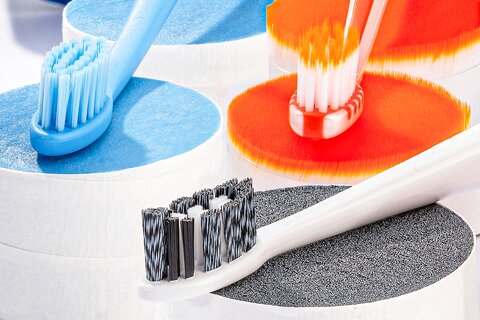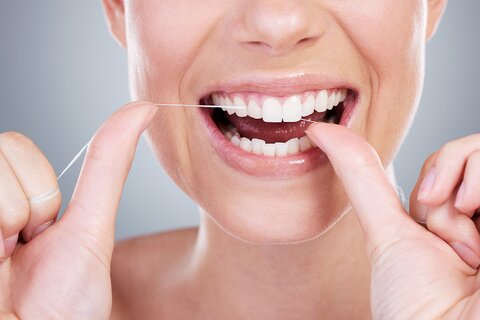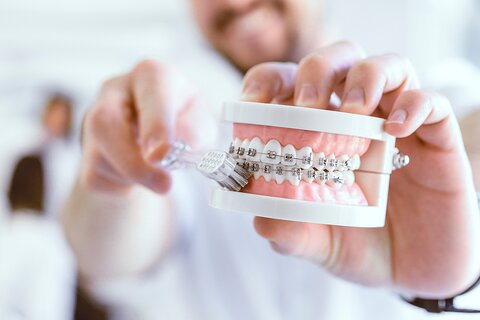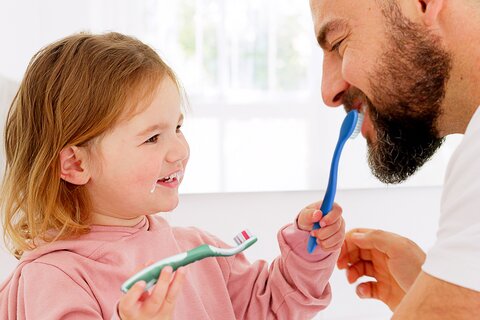Healthy begins in the mouth
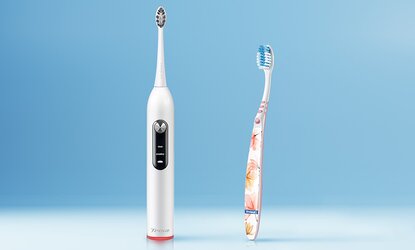
Which is better, a manual toothbrush or an electric toothbrush?
The answer to this question depends on the user. With a manual toothbrush, you can achieve the same results as with an electric toothbrush if you spend enough time brushing and use a good brushing technique. However, with a manual toothbrush, you have no control over the pressure you exert on the toothbrush and therefore on the gums, and it also requires a certain amount of sensitivity to brush differently in different places, either strongly or gently. An electric toothbrush can help with this. Different brushing settings (intensive, sensitive) allow you to brush less vigorously or more vigorously and the pressure exerted is often controlled by systems.
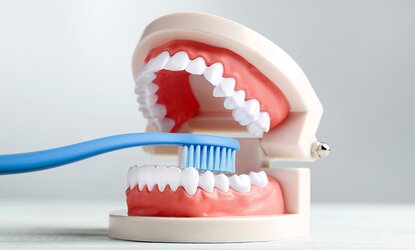
Proper brushing should be learned!
A good brushing technique is characterized by a systematic approach, i.e. not brushing quickly, but thoroughly tooth by tooth, brushing the gums at the same time and applying appropriate pressure. Loosely guiding the toothbrush with light circular movements is an effective method. However, movements from the top (gums) to the bottom (tip of the tooth) are also suitable. In this case, the transition between tooth and gum is cleaned well. A regular check-up at the dentist can help to identify deficits and optimize the brushing routine.
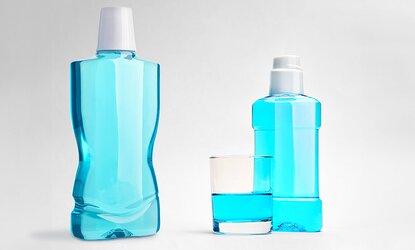
Mouthwash or mouth rinse, what is the difference and should you use them every day?
Mouthwashes are ready to use and can be applied directly without dilution with water. Mouthwash, on the other hand, must be diluted with water beforehand. Depending on the formulation, mouthwashes can be used daily or only for a limited period of time. Products with antiseptic active ingredients are often recommended after dental procedures to support wound healing. A mouthwash for daily use does not contain these active ingredients, or only in small doses, but often contains fluoride to effectively protect the teeth.

